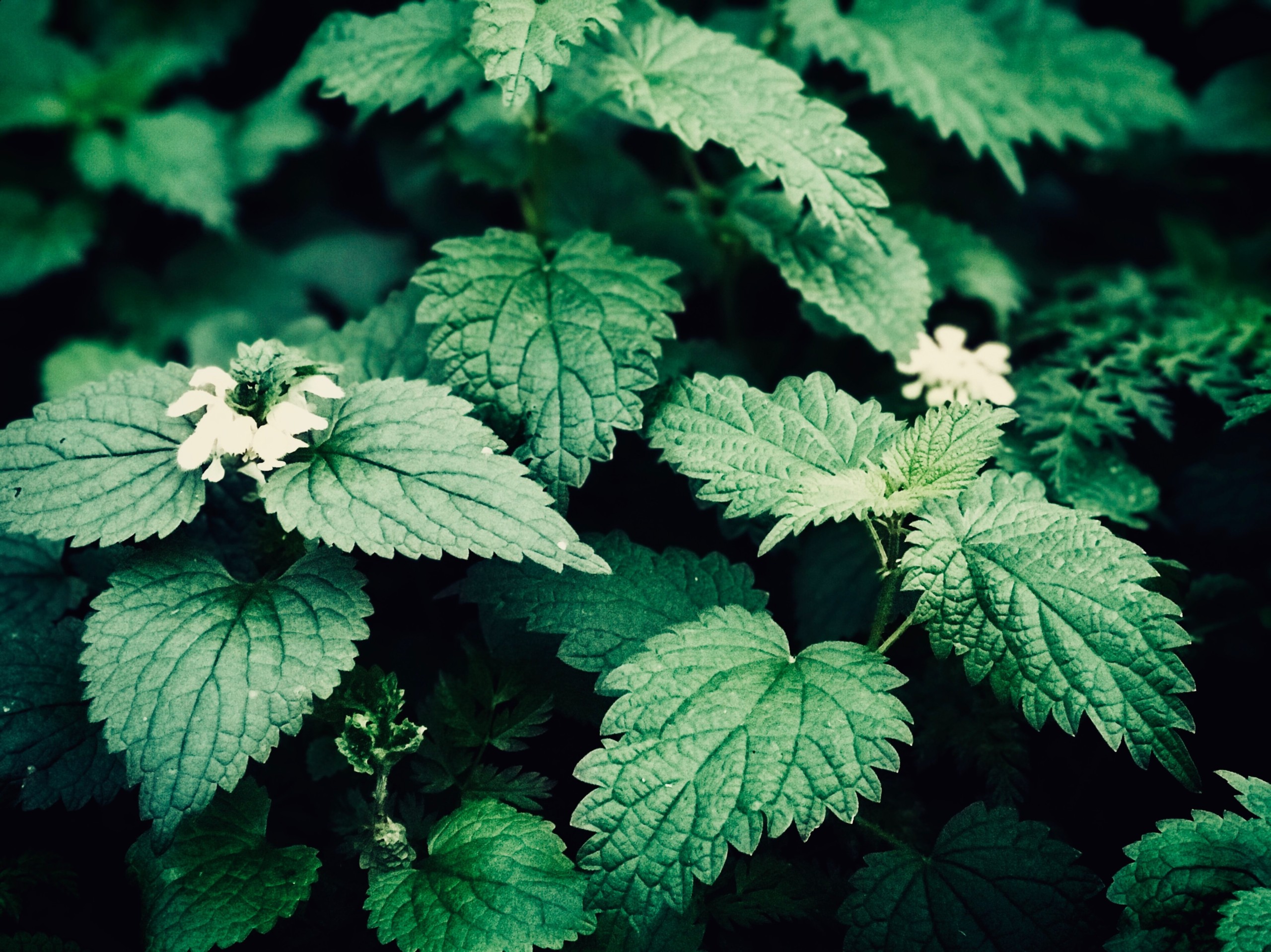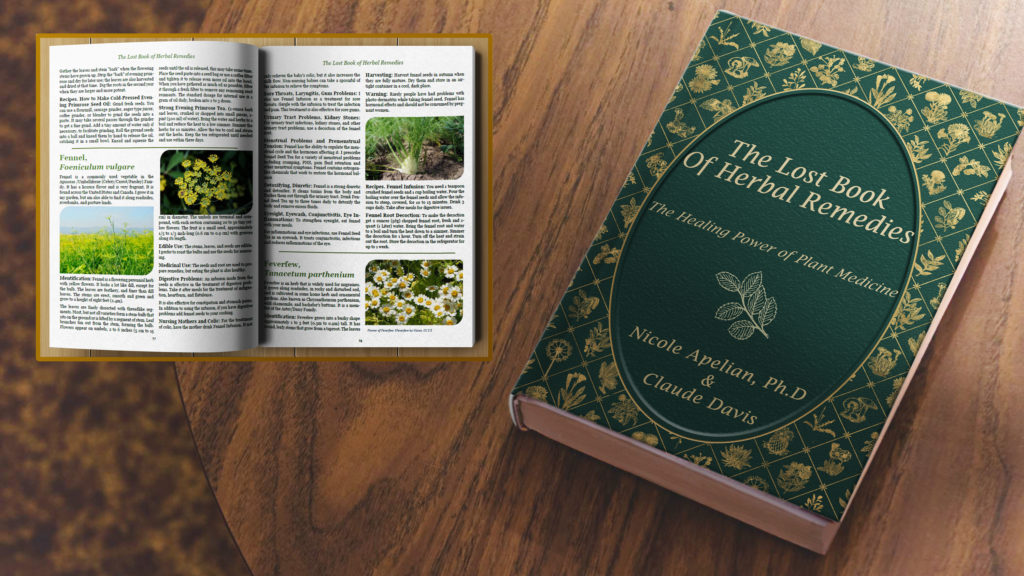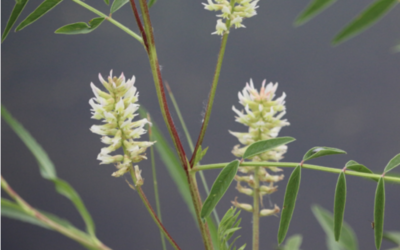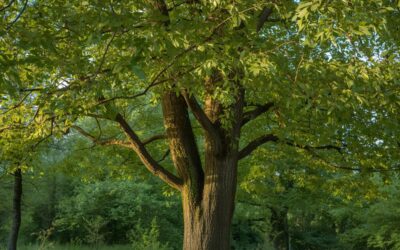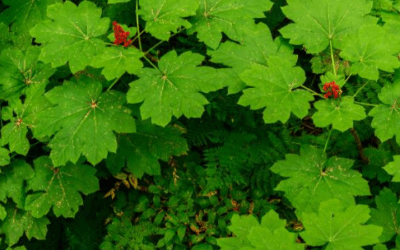Hello Stinging Nettle, Goodbye Allergies!
Stinging Nettle is Much More Than Just a Prickly Plant
I personally love stinging nettle, but know many people who don’t because of its sting. If you have mixed feelings about it, give stinging nettle a closer look. It is nutrient dense, medicinal, and makes gorgeous fiber. I even have a nettle shirt!
Basic Identification: Growing from 3 to 8 feet (1m to 2.5m), stinging nettle is a perennial that dies back in the winter. The soft, green leaves are usually oval in shape and range from 1 to 4 inches (2.5 cm to 10 cm) in length. Occasionally the leaves are heart-shaped. The leaves and stems are hairy and have both non-stinging and stinging hairs. Copious greenish or brownish flowers emerge June to September.
Where Does It Grow? Stinging nettle grows worldwide but it is native to Europe, Asia, and North Africa. It likes moist soil and areas with ample rainfall.
Edible uses: The leaves are edible and have a flavor similar to spinach when cooked. While most people blanch the leaves in boiling water to remove the sting before cooking or eating, I like to eat them raw by folding the leaves over. Stinging nettle seeds are also edible.
Safety: Only consume stinging nettle leaves before the plant flowers. Otherwise, they can cause significant internal irritation, particularly of the urinary tract.
Nettle Infusion Recipe: Pour one cup boiling water over 1 tablespoon dried and crushed nettle leaves. Let steep, covered for 10 to 15 minutes. Strain and enjoy twice daily.
Medicinal Uses: Stinging nettle is an excellent herb for relieving allergy symptoms. For this purpose, you can pair nettle tea with local raw honey, though I prefer the convenience of an easy-to-use tincture. It has exceptional anti-inflammatory properties and is also helpful for arthritis, gout pain, eczema, and sprains.
Here are my top 3 uses for stinging nettle (in addition to allergy relief):
Flushes toxins and reduces the pain of arthritis and gout. Commonly used in Germany as a treatment for rheumatoid arthritis, stinging nettle is thought to inhibit the cascade of inflammation. Internally, a tincture is easiest. Externally, you can make a compress by soaking a cotton pad in nettle tincture, then place it over the painful joint. It is also helpful for repairing joint injuries and reestablishing nerve communication.
Soothes burns, insect bites, and wounds. A double-strength nettle infusion can be used to calm and heal burns, insect bites, wounds, and sunburns. Containing the compound combudoron, nettle has been shown to be an effective burn treatment. To make a double-infusion from the recipe above, use 2 tablespoons of nettle per cup of boiling water. Once it has cooled, apply as a wash to the skin and allow to dry.
Assists with anemia, swellings, enlarged spleen, and cardiac insufficiency. To help alleviate these conditions, and for a whole-body tonic, use fresh nettle juice that is prepared by soaking and thoroughly blending the entire fresh plant.
Learn about the backyard tree syrup our grandparents used to make each spring to ease sore throats. Or the “stomach band-aid” herb that soothes and calms the digestive tract.
What’s more, my book shows you how to make tinctures, decoctions, double-extractions, oil infusions, and salves right in your own home. Nature does indeed provide!
Need a stinging nettle tincture sooner rather than later? Find it in my Apothecary.
Nicole Apelian
Roll Up Your Sleeves and Do it Yourself?
Are you interested in making your own herbal remedies at home and learning about the many plants, lichens, and mushrooms you can find out your own back door? If so please pick up a copy of my book: "The Lost Book Of Herbal Remedies: The Healing Power of Plant Medicine" today!
Not in Europe or the US? Not a problem, click here to order your copy »

